climate change
What is cap and trade and how should it work in Nova Scotia?
The province will implement a cap and trade program to deal with climate change in 2018
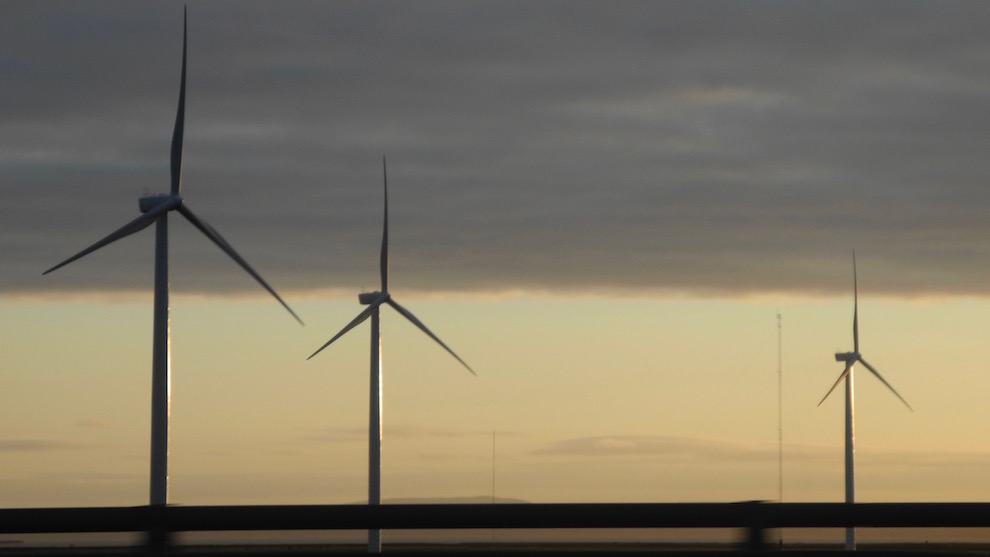
caption
In Nova Scotia, over 25 per cent of electricity comes from renewables sources, like these windmills in Amherst.Nova Scotia is implementing a cap and trade program to tackle climate change, but some experts are worried it won’t be effective.
“I think if we’re not bold; it won’t necessarily be a good thing for Nova Scotia,” said Kate Ervine, a carbon-pricing expert and associate professor in international development studies at Saint Mary’s University.
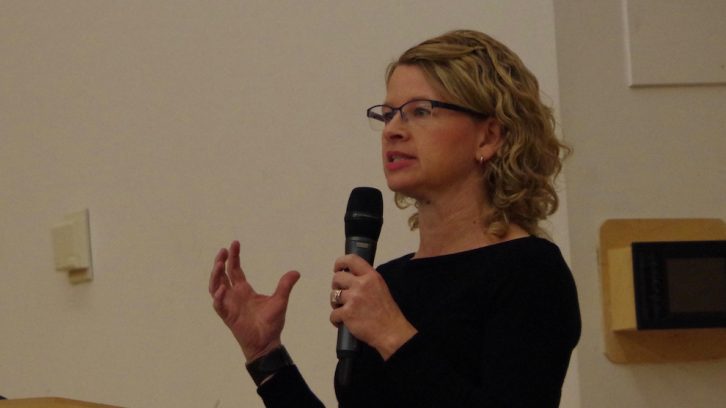
caption
Kate Ervine said putting a price on carbon encourages people to switch to renewables.Ervine was one of four panellists who spoke at Dalhousie University on Thursday evening. The event, “Cap-and-Trade 101” was the first part of a series of discussion panels that aim to discuss how cap and trade can work for Nova Scotia.
In a cap and trade system, the government sets a limit, or cap, on greenhouse gas emissions. Nova Scotia is proposing a cap on facilities that produce 100,000 tonnes of greenhouse gases or more.
All industries that exceed the limit must get allowances from the government and these allowances can be traded between companies. A facility that can easily reduce its greenhouse gas emissions can sell its excess allowances to a big emitter.
Nova Scotia’s program is still in the development stages. The province released a discussion paper on the subject on Wednesday.
The cap and trade program will be implemented in 2018, as required by the Pan-Canadian Framework on Clean Growth and Climate Change, which the province endorsed in December.
In theory, the program will encourage people to invest in low carbon alternatives, said Ervine. This is because it becomes more expensive for emitters to release greenhouse gases — like CO2 and methane — into the atmosphere.
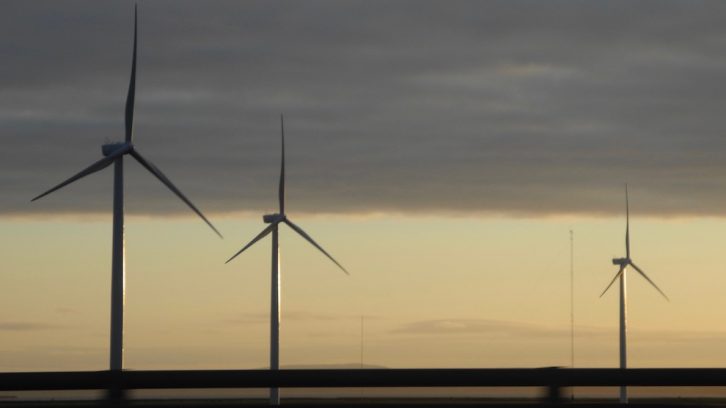
caption
In Nova Scotia, over 25 per cent of electricity comes from renewable sources, like these windmills in Amherst.Cap too high
But the program has to be well designed in order to be effective, and Ervine has some concerns. For example, she said Nova Scotia’s proposed emissions cap of 100,000 tonnes might be too high.
“Caps are politically set,” she said. “The cap isn’t necessarily in line with what the science tells us is required to have a really effective system to lower greenhouse gases.”
Quebec and Ontario, she added, have caps of 25,000 tonnes a year. She finds that a high cap doesn’t create strong incentives for companies to switch to renewable energy sources.
Another panellist, Brendan Haley, a researcher in the school for resource and environmental studies at Dalhousie University, was also worried that politics would determine the cap limit, not science.
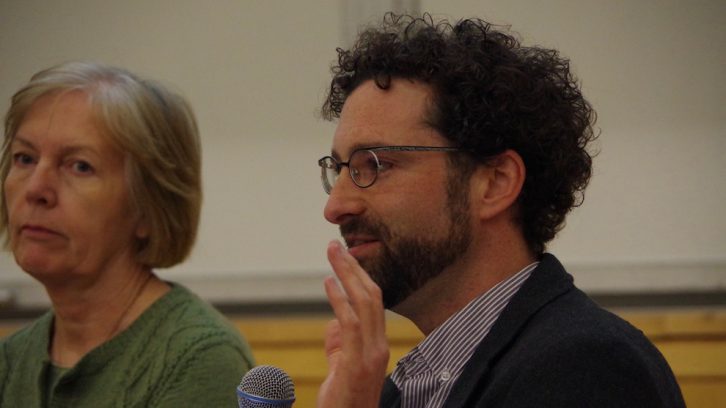
caption
Brendan Haley said determining the limit on emissions shouldn’t be a politically motivated decision.“I think it’s up to us as citizens to encourage our leaders to think long-term and not just about the fear of losing the next election because of energy prices,” he said.
Selling allowances
Another concern was Nova Scotia’s plan to give allowances away for free, instead of selling or auctioning them.
“Giving free allocations is basically giving a big subsidy,” said Haley.
It would be a missed opportunity, said Ervine, because the money made from the selling or auctioning off of allowances could be used to kick start a low-carbon transition.
Ervine gave the example of California, where 25 per cent of the revenue from the auctioning of allowances goes to disadvantaged communities. The money is used to fund projects, such as training people from low-income communities to install solar panels in their neighbourhoods. As a result, people in these communities are finding jobs as well as eliminating their electricity costs.

caption
In California, money generated by the cap and trade system goes into projects that support low-income households, such as solar panel installations.Economist Elizabeth Beale, who was also on the panel, said that low-income Nova Scotians will definitely be affected by the cap and trade program. She said if the province chooses to sell allowances, it could help consumers.
However, she said she is not convinced that Nova Scotia is moving in the right direction by planning to give allowances away for free.
Jason Hollett, executive director of climate change for the Nova Scotia Department of Environment, was also on the panel. Hollett said that while the province does not plan to sell or auction allowances, it has been supporting low-income communities through programs like Efficiency Nova Scotia.
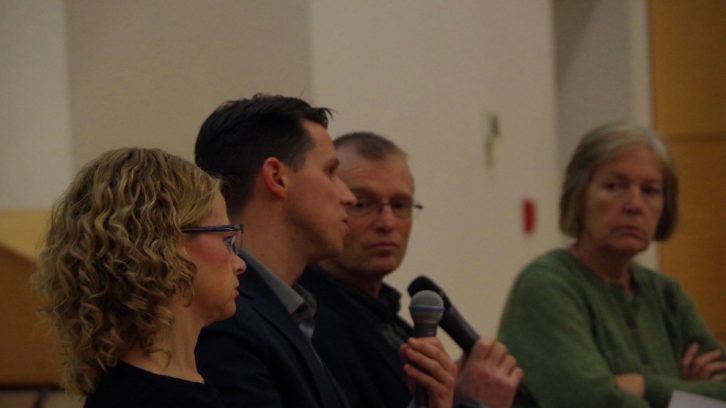
caption
The panel of experts on cap and trade discussed how the system could work in Nova Scotia.‘Be bold’
In terms of reducing greenhouse gas emissions, Hollett said that Nova Scotia is doing really well.
“We lead the provinces in terms of greenhouse gas emission reductions,” he said. “We have been bold.”
But the panellists agreed that the province should go beyond just meeting its targets.
“To me the issues around climate change are one of the biggest risks we face, from an economic view,” said Beale. “Not just for future generations, but in terms of the current conditions, the costs of mitigation and the issues we’re facing.”
She added that Nova Scotia shouldn’t sit back and think that enough has been done.
The provincial government is looking for feedback about the proposed cap and trade program plan. This can be done through an online form.

